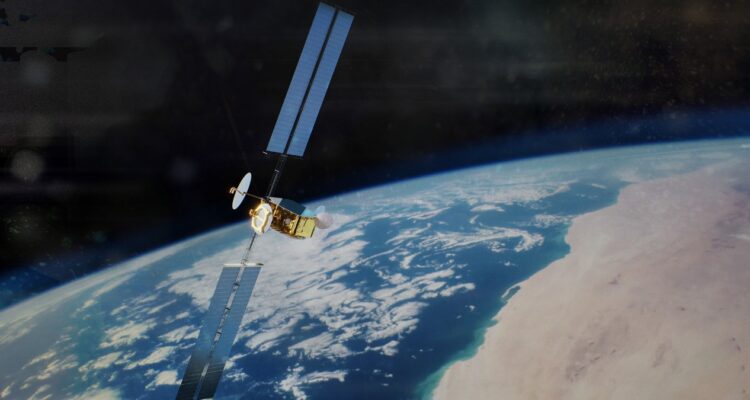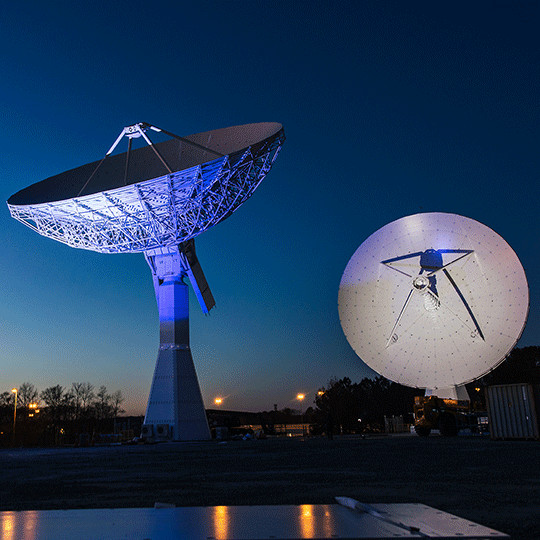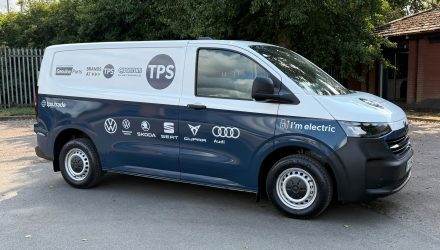While real-time visibility has been a non-negotiable for effective transport management for several years, operators are increasingly turning to satellite-powered Internet of Things (IoT) solutions to take their fleet management to the next level. The reason for this shift? Sustainability.
With over half of all European fleet managers (56%) yet to engage with the European Commission’s Corporate Sustainability Reporting Directive (CSRD) – requiring the EU’s largest businesses to account publicly for their CO2 emissions – it seems many may be struggling to make effective progress in their green transition. What’s more, a further 22% have no record at all of their CO2 emissions, suggesting a significant proportion are still at the beginning of their journey to meeting sustainability targets.
That’s where IoT can help. Fleet managers are increasingly starting to recognize the role that connected technologies can play in monitoring and improving their sustainability credentials. This includes enabling real-time traffic monitoring, dynamic routing for fuel savings, and predictive maintenance for fleets, all of which can help significantly drive down carbon emissions, while also improving operational efficiencies and profitability.
The sustainability imperative in fleet management
From managing the movement of goods to ensuring optimal regulatory compliance, fleet managers play a critical role in global supply chains. However, they’re currently juggling competing priorities.
Internally, there’s pressure to ensure reliable movement of goods and achieve operational and efficiency gains, while externally there’s pressure to reduce carbon emissions.
While research shows that 66% of light-duty vehicles in the UK are ready to go electric and many large fleets already have a significant proportion of EVs in their fleet, the undeniable challenges of balancing conflicting pressures may go some way to explaining why domestic transport still remains the largest source of emissions in the UK, accounting for 29.1% in 2023.
Clearly, more must be done if fleet managers are to achieve net-zero targets by 2050 while maintaining their commercial edge, so what can the industry do to make more effective gains in this space over the coming years?
You can’t manage what you can’t measure
With nearly two in ten fleet managers having no record at all of their CO2 emissions, a good starting point in the industry’s decarbonisation journey would be to improve their use of monitoring tools to support sustainable outcomes.
Connectivity is central to this. Cellular networks can reliably connect fleets to broader systems in well-connected areas with minimal congestion. However, fleet managers will never get the full scope of their emissions if there are drops in connectivity – a reality fleet operators face in the remote and rural areas they often drive through.
Satellite-enabled IoT solutions can provide fleet managers with the real-time data needed to enable effective decision-making and process automation to reduce their environmental impact, even in the most remote, challenging environments.
For example, for fleet managers receiving live traffic updates, their drivers can be alerted to slow their speed down to account for upcoming traffic jams to avoid rapid braking and to preserve fuel. Alternatively, real-time weather alerts can enable dynamic re-routing of drivers to avoid elongated or difficult journeys in challenging conditions. Similarly, identifying unnecessary idling or other driver behaviour factors can enable fleet drivers to improve the use of vehicles in their fleet to conserve fuel and reduce emissions more effectively.
Outside of driving optimization, satellite-enabled IoT also supports enhanced predictive maintenance of fleets. This is a well-known practice amongst many fleet managers, but satellite connectivity can facilitate more proactive, real-time maintenance analytics to further boost sustainable outcomes.
For instance, instead of waiting for data to be logged into an analytics system once a driver returns, fleet managers can access critical insights, such as tire pressure, brake wear and tea, and oil levels while they’re on the road.
Managers can then preemptively book vehicles in for a service on their return to the garage or inform a driver if they need to seek immediate support while on their journey. By getting ahead of any vehicle issues in real-time, fleet operators can ensure their fleets are operating at the most sustainable level possible and not using excess fuel or energy.
When considering the collective impact of these small gains across an entire fleet, the potential to improve sustainable outcomes is significant. What’s more, many of these satellite-enabled IoT capabilities also play a large role in enhancing overall operational efficiencies and reducing unnecessary costs across supply chains, as well as improving visibility of goods and personnel to ensure safety and security within the fleet.
Democratizing satellite connectivity
While satellite-enabled IoT is not ‘new news’ for many fleet managers, the recent introduction of direct-to-device (D2D) connectivity – a new technology which allows smart vehicles to seamlessly switch between cellular and satellite networks – could accelerate access to satellite networks.
D2D is democratising access to the former by offering more cost-effective access to this robust, reliable mode of connectivity.
With pressure ramping up for fleet managers to deliver both operational efficiencies and environmental outcomes, more cost-efficient D2D connectivity coupled with newer and better IoT solutions could play a key role in enabling the industry to meet these demands.
Ultimately, it’s no longer enough for fleet managers to just manage their fleets, they need to future-proof them by embracing satellite-powered IoT to drive their business towards a smarter, more sustainable future.
Author: Damian Lewis, Market Insight Manager at Viasat Enterprise







